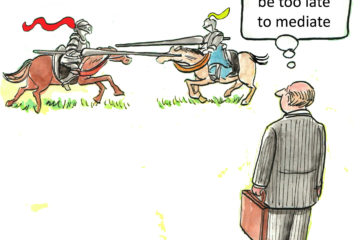Whose fault is it!!? Who’s to blame!!?
Heads should roll!!!!

These are cries you hear often in parliaments and in the media. Somebody must be to blame for what has gone wrong and somebody has to be punished for it.
The same attitude can carry over to life at work. The Board doesn’t want mistakes aired in public; they blame the CEO. The CEO blames senior managers, who in turn blame their managers, and then team leaders get blamed. The temptation is to keep the blame game going and look for a culprit to hold responsible and punish.

This way of dealing with mistakes is neither helpful nor heathy. For a start, it assumes that human beings don’t make mistakes. Making mistakes is an essential part of being human.
To err is human; to forgive is divine!
When you look for someone to blame in your team you foster a similar punitive culture. Punishing people leads to shame. That in turn encourages people to withdraw and hide when there is a mistake. People do not like to be punished or shamed.
Finding mistakes in the workplace is a great opportunity for improvement. If you are going to fix things and improve, then you want people to be able to tell their story of what happened without fear of criticism or punishment. Hearing the story told openly will allow you to identify where the gaps are that led to the mistake so that you can fix them and provide better goods or services to those who rely on you.
Don’t ask: “Who did this?”
Do ask: “What happened? “Or, “How did this happen and how can we fix it?”
Why blame is such a silly thing.
To invest in your personal and professional development, register now for our next public workshop.


